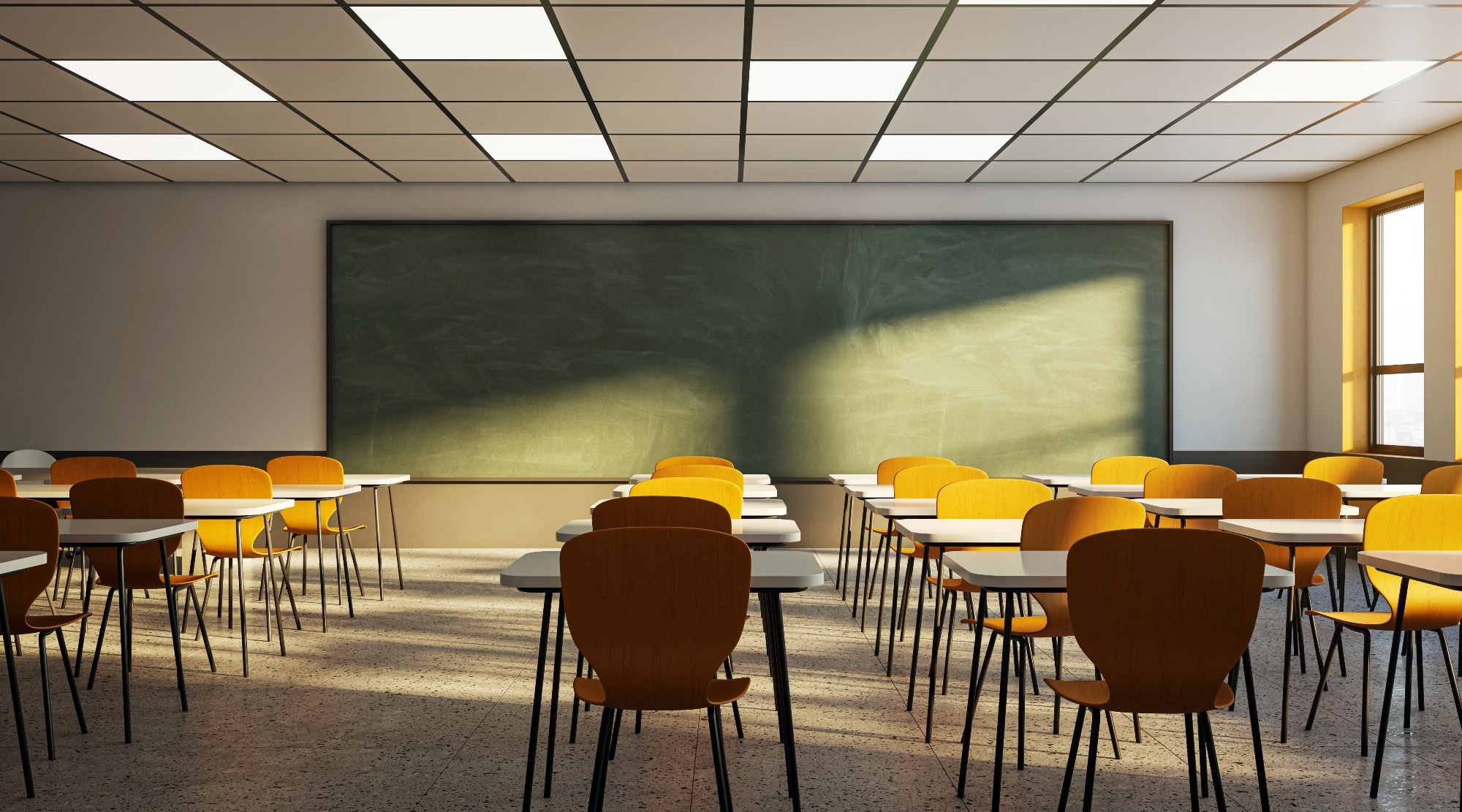A new study reveals that even brief class closures in Japan can widen learning gaps, with low-income boys losing the most ground in math, while strong teachers help bridge the divide.
 Study: Do class closures affect students’ achievements? Heterogeneous effects of students’ socioeconomic backgrounds. Image Credit: Who is Danny / Shutterstock.com
Study: Do class closures affect students’ achievements? Heterogeneous effects of students’ socioeconomic backgrounds. Image Credit: Who is Danny / Shutterstock.com
In a recent study published in The Journal of the Japanese and International Economies, researchers examined the effects of influenza-related school closures on the academic success of children from a wide range of socioeconomic backgrounds in Japan.
How does school closure impact student success?
Current estimates suggest that child deprivation can account for up to 5.4% of a nation’s gross domestic product (GDP). The economic effects of these inequalities were magnified during the coronavirus disease 2019 (COVID-19) pandemic, which disproportionately affected children living in disadvantaged households.
School closures during the early wave of the COVID-19 pandemic led to a significant loss of in-school instructional time, with over 1.6 billion students affected worldwide. Pandemic-related learning losses have been directly correlated to reduced skill acquisition and productivity, both of which can significantly reduce future lifetime earnings for affected students.
These adverse effects were particularly evident among children of parents with lower educational attainment, as these adults were less likely to be allowed to work from home and, as a result, be more available to assist their children with schoolwork.
To isolate and better understand the mechanisms behind such learning disparities, the authors analyzed class closures in Japan that occurred between 2015 and 2017 due to seasonal influenza outbreaks, using them as a natural experiment rather than focusing on pandemic-era closures.
School closures can potentially cause deleterious effects on academic achievement, particularly among disadvantaged children. Therefore, it is important for researchers and policymakers to understand the mechanisms that contribute to these growing and persistent inequalities to support the timely development of effective interventions.
Study findings
The researchers of the current study utilized administrative data from students between grades two and eight to determine the effects of school closures on study test scores the following year.
About 9% of elementary school students and 8% of middle school students had one or more class closures with an average duration of two to three days between 2015 and 2017. Importantly, 30% of elementary and 38% of middle school students were from low-income families, which reflects the higher proportion of this population in public schools as compared to the overall proportion.
Class closures adversely affected math scores in elementary students, particularly among boys from low-income households. The effect size among these students was substantially larger than that observed for middle- or high-income students, despite the universal impact of a 0.06-0.13 standard deviation loss in test scores due to school closures.
Boys from low-income families showed the greatest declines in mathematics performance compared to girls of similar backgrounds. Greater reductions in math scores were observed in older elementary school students between grades four and six than in younger students.
School closures did not significantly affect language arts scores, which suggests that lost classroom time primarily affected quantitative learning. In fact, girls from more affluent households performed better in language arts the year after school closures as compared to all other students.
Class closures at the end of the school year between December and March were most detrimental, as students had less time to recover from lost classroom time. The adverse effects of these late-term closures persisted for up to two years, particularly among boys from low-income households and in mathematics.
Compared to girls, boys, especially those of a lower academic standing, were more likely to spend school closure days watching television or playing video games. Furthermore, students from wealthier households were more likely to maintain structured study routines during these closures, with girls from low-income households often increasing their focus on school work, which translated into improved language arts scores the following year.
High-quality teachers could mitigate the negative impact of class closures on economically disadvantaged students, indicating the potential efficacy of public programs in averting temporary disruptions to students’ learning environments.
Conclusions
Boys from low-income families are particularly vulnerable to the negative effects of class closures on academic progress, especially in mathematics. The study findings suggest that these effects are modulated by the subject, timing, socioeconomic background, and teacher experience.
These results highlight the importance of public programs designed to safeguard student learning environments against such adverse disruptions.